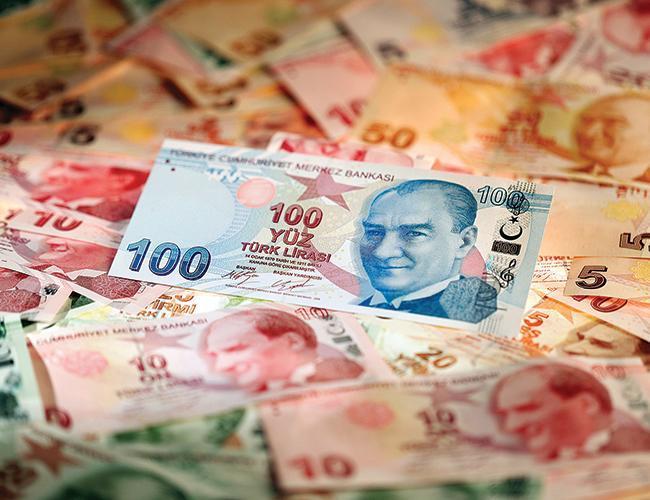
The Central Bank said on Nov. 6 that 5.3 billion Turkish Liras ($1.37 billion) of lira liquidity will be withdrawn from the market and $1.4 billion of dollar liquidity will be provided to banks, under a change in reserve requirements.
The move came after markets “witnessed unsound price formations that are inconsistent with economic fundamentals,” the Bank said in a statement, an apparent reference to the lira currency’s weakness on Nov. 3, when it slid to 3.88 against the dollar from 3.80 a day earlier.
“Taking this development into account, with a view to supporting price stability and financial stability, the upper limit and the tranches for the FX maintenance facility within the reserve options mechanism have been revised,” the Bank added.
The moves are “light measures to stop the bleeding” in the currency, Özgür Altuğ, chief economist at BGC Partners, said in a note to clients, Reuters reported following the Central Bank statement.
After the Bank’s moves, the lira firmed to 3.8680 by 07:21 GMT.
The Bank said the upper limit for the forex maintenance facility had been lowered to 55 percent from 60 percent and all tranches have been reduced by 5 percentage points.
The rediscount credit repayments for export and foreign exchange earning services due by Feb. 1 can be made in lira at a rate of 3.7 for dollars, 4.3 for euros and 4.8 for sterling, provided that they are paid at maturity, it added.
“In case the exchange rate on the date of credit extension is higher than these rates, the exchange rate on the date of credit extension will be applicable,” it stated.
One official at the Bank said rediscount credit repayments due by Feb. 1 amounted to $5 billion.
The Reserve Options Mechanism is a tool unique to the Central Bank that holds foreign exchange or gold reserves in increasing tranches in place of lira reserve requirements of Turkish banks.
It aims to support the country’s foreign exchange reserve management of the banking system and limit adverse effects of excess capital flow volatility on Turkey’s macroeconomic and financial stability.